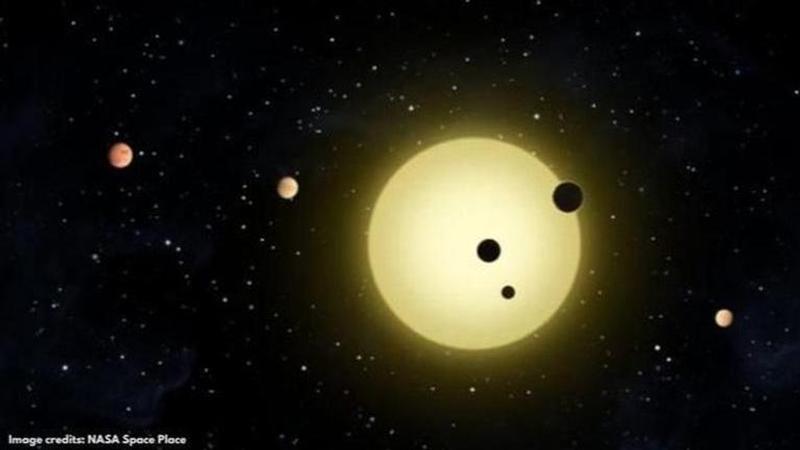Published 18:42 IST, August 11th 2020
Extragalactic planets could be discovered by gravitational waves using LISA
The extragalactic planets could be detected by the gravitational-wave signals using Laser Interferometer Space Antenna. Continue reading for details

Scientists have been able to discover that there are more than 4,000 exoplanets over the past few decades. And while these have been confirmed, there are plenty of others that still require a lot of observation. According to a new study, scientists could be able to find huge exoplanets outside of Milky Way with the help of a detection method using gravitational waves.
LISA can lead to the discovery of the first extragalactic planet
A new study by research organisations Max Planck Institute for Gravitational Physics, Germany and French Alternative Energies and Atomic Energy Commission, Paris, states that the European Space Agency's upcoming LISA (Laser Interferometer Space Antenna) mission, which is targeted for 2034, has the potential to detect exoplanets orbiting white dwarf binaries both in the Milky Way and the Magellanic Clouds which are close to them.
Also Read | NASA Launched Discoverer 13 Satellite On This Day In 1960, First Ever Recovered From Orbit
The new detection technique could help scientists overcome those limitations that are faced with the present-day techniques that are based on electromagnetic detection. These methods are essentially restricted to certain fragments of the galaxy and the solar neighbourhood. Researchers suggest that the new technique could ultimately allow the space-based gravitational-wave observatory to detect exoplanets outside of the Milky Way.
Also Read | Fast Radio Burst From 30k-yr-old Dead Star In Space Found Closer To Earth Than Ever Before
According to a recent research paper by researchers Dr Nicola Tamanini and Dr Camilla Danielski, the limitations faced by the current methods could be overcome by gravitational wave astronomy. The report has stated that the researchers propose a technique which relies on gravitational waves to detect exoplanets that orbit the white dwarf stars.
With the help of LISA, it will be possible to measure the gravitational waves from several pairs of white dwarf binaries. The report also explained that when a celestial body is orbiting a pair of white dwarfs, the gravitational-wave pattern will differ when compared to the one binary without a planet. It is this change in attribute in the gravitational waveforms that will allow researchers to discover the exoplanets.
The technique will also exploit the Doppler shift modulation and enable researchers to detect exoplanets with the help of standard electromagnetic telescopes. The research also stated that LISA will also be able to find Jupiter’s mass exoplanets surrounding the white dwarfs. In addition, the research also suggested that LISA will also lead to detecting the first extragalactic planet.
Image credits: NASA Space Place
Updated 18:42 IST, August 11th 2020



